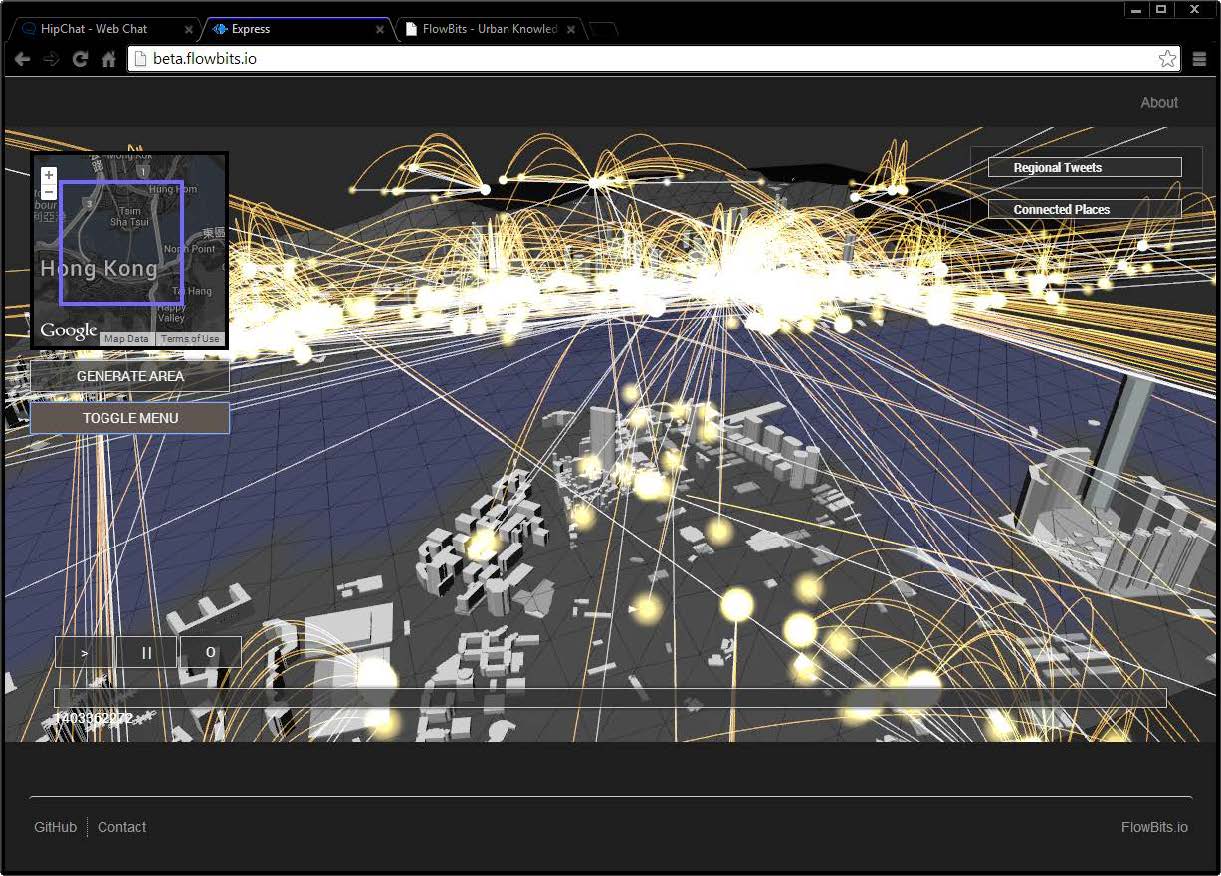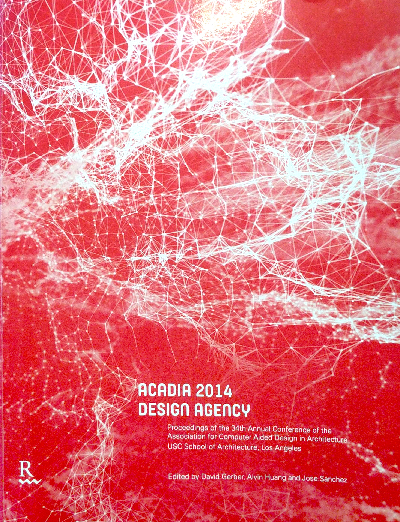Decloud
Kyle Steinfeld, Erica Brett
A cloud-based computational geometry modeling environment, decommissioned in 2016
Kyle Steinfeld, Erica Brett
A cloud-based computational geometry modeling environment, decommissioned in 2016
Joy Ko and Kyle Steinfeld
This symposium takes stock of the current state of geometric and algorithmic literacy in architectural design education, and seeks to understand the evolving dynamic between increasingly powerful tools of design and the empowerment of designers.
Carlos Sandoval, John Faichney, Scott Ewart, Matthew Shaxted, and Kyle Steinfeld
This 6-day workshop cluster, occurring at the Smart Geometry Conference and hosted by The Chinese University of Hong Kong, speculates about about the use of a novel analytical tool for structuring the various spatial constituents and datasets related to high-density urban environments.

Kyle Steinfeld
In this introduction to an ACADIA conference session of the same name presents a new prototyping visualization toolkit, developed for the Grasshopper visual programming environment, which enables the situational development of information graphics.

Kyle Steinfeld & Levon Fox
In a chapter of the edited volume Paradigms in Computing, I present a framework for understanding a shift discernible in contemporary design culture. Here, I describe a shift from a nostalgic notion of direct authorship, understood as a compositional relationship between a designer and the product of his work, to a multiplicity of deferred authorships, wherein the stakeholders in the production of a design are mediated by systems of collaboration.

Kyle Steinfeld & Carlos Sandoval
This study applies a programmatic paradigm taxonomy to a comparison of two programming environments: Decodes and DesignScript, and yields a set of suggested guidelines for the context-appropriate application of each of these paradigms.